Daniel Arsham’s modernist home informs his domestic installation in Miami
For Friedman Benda’s stand at Design Miami/, New York-based Daniel Arsham creates a domestic setting inspired by his 1969 Long Island home by Norman Jaffe
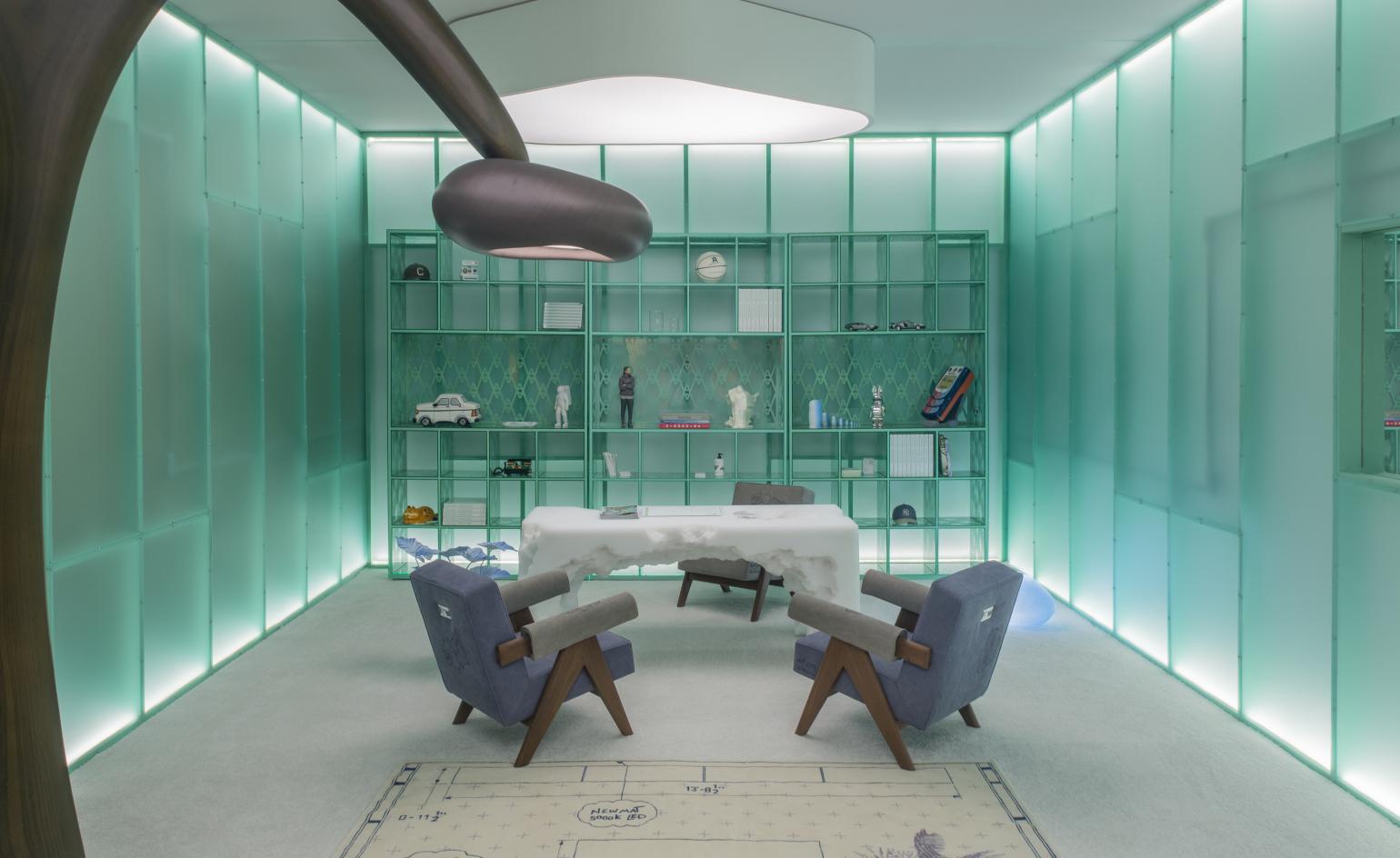
I think people were surprised when they saw that my house is not this totally all-white concrete box’, Daniel Arsham remarks. The New York-based multimedia artist lives with his family on Long Island, in a 1969 modernist home designed by Norman Jaffe. For the house that Arsham describes as ‘all cedar and stone,’ he developed pieces of furniture that he did not originally intend to show. ‘Marc Benda (co-founder of Friedman Benda) happened to see it,’ Arsham says, ‘and thought it might be interesting to show the public this other aspect of my practice.’
At this year’s Design Miami, Friedman Benda presents the result of these sculptural explorations in an installation that fictionalises a domestic setting partly conceived as a kunstkammer.
The works ‘often relate to shapes that would contrast with the rigidity of the house,’ explains Arsham. ‘Jaffe brought in curves in his later career and ran away from these early, more modernist right-angle approach. The furniture was made in contrast to that.’
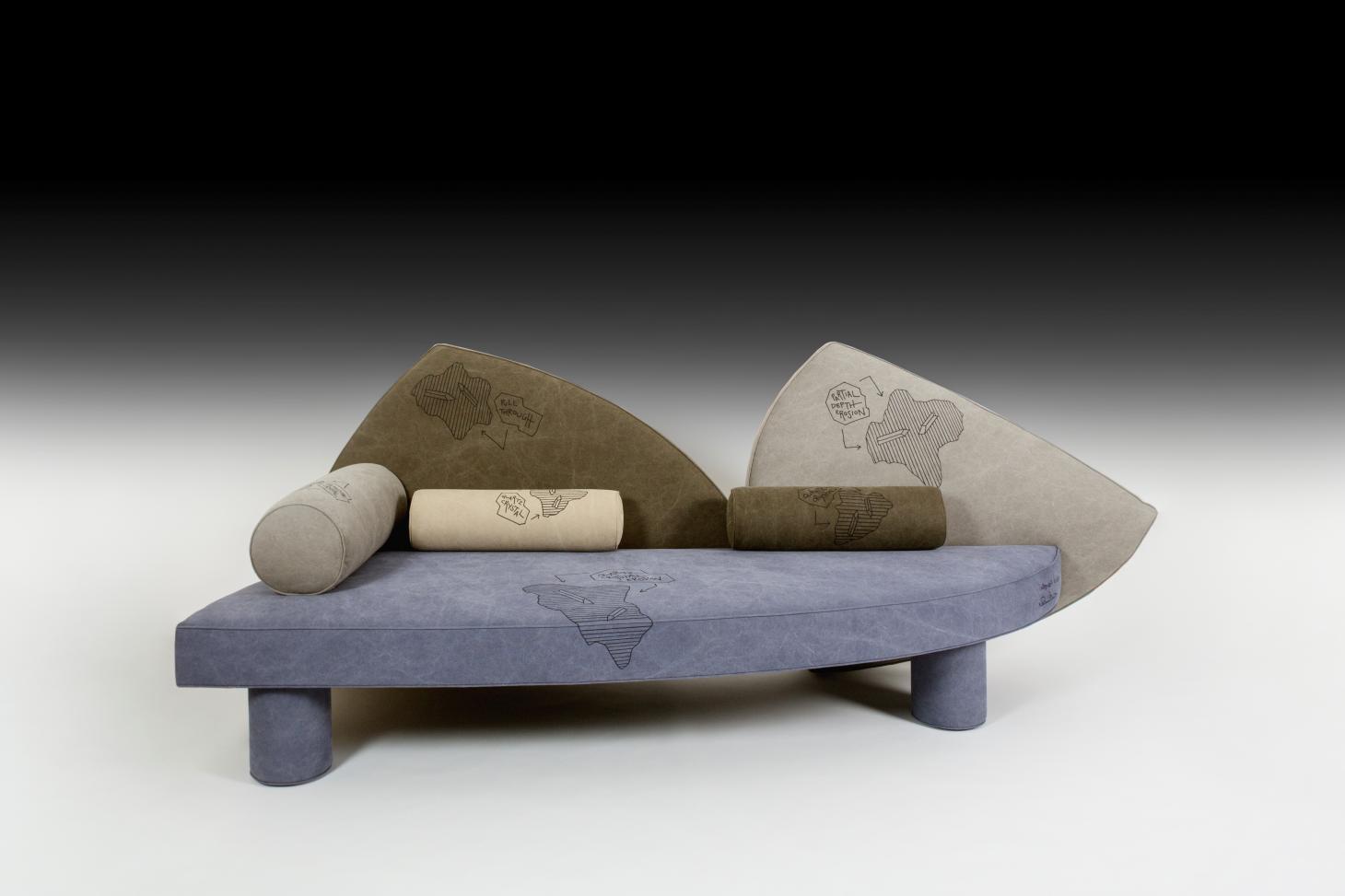
Arsham’s Cleveland Chair I, Paris Chaise Lounge I and Shanghai Chair drive that idea home. The latter piece fits the artist’s recognisable achromatic aesthetic of fossilised future relics, while the former two introduce a new vocabulary of form and tonality.
RELATED STORY
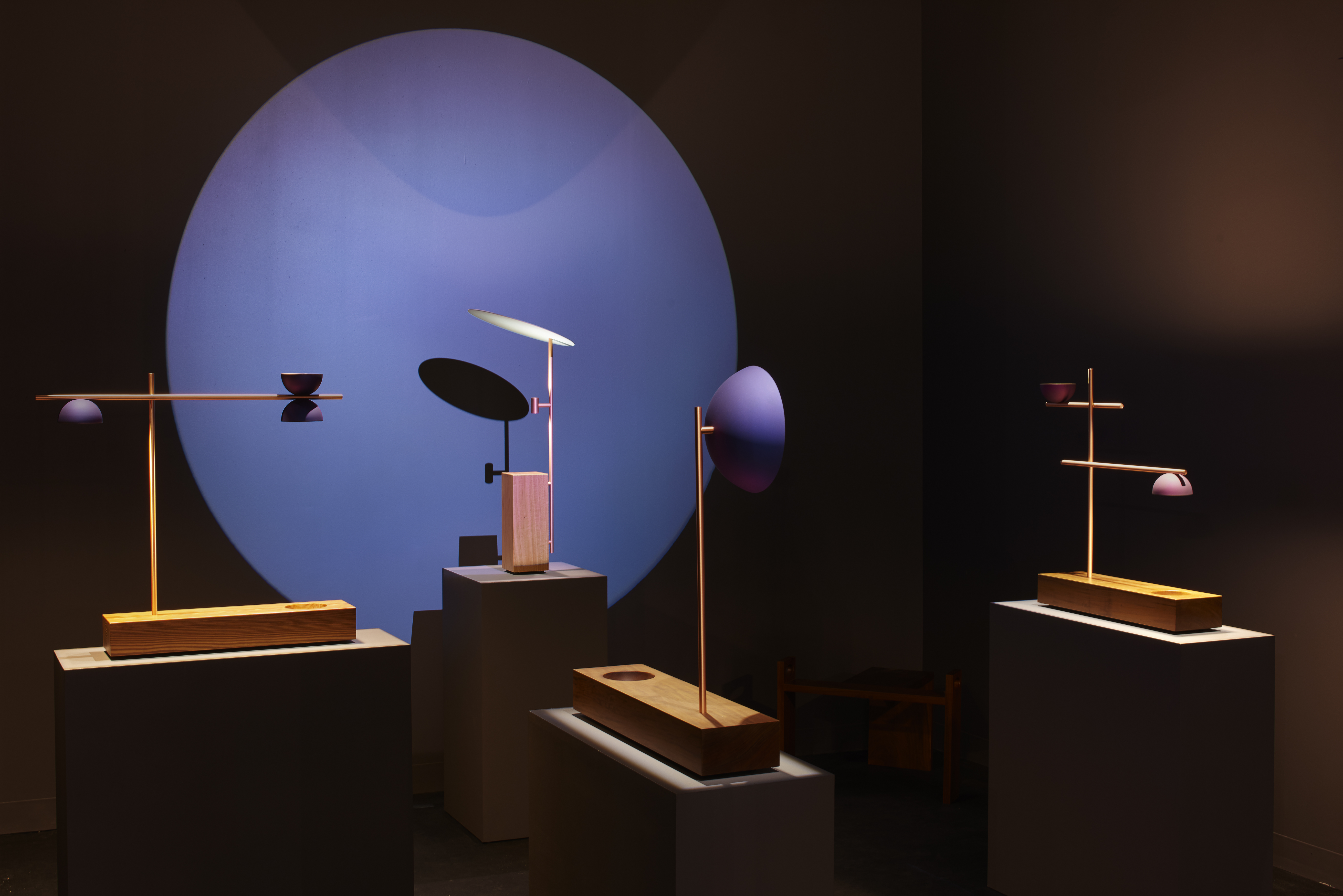
‘A lot of it is made out of canvases that we used in the studio, which are dyed in various colors. Whenever we do sculptural works, I often draw notes onto the sculptures that define where the erosion will be placed on them,’ says Arsham. ‘I’ve appreciated separately some of these drawings and decided to place them onto the furniture objects, as if they will be turned into later sculptural cast works.’
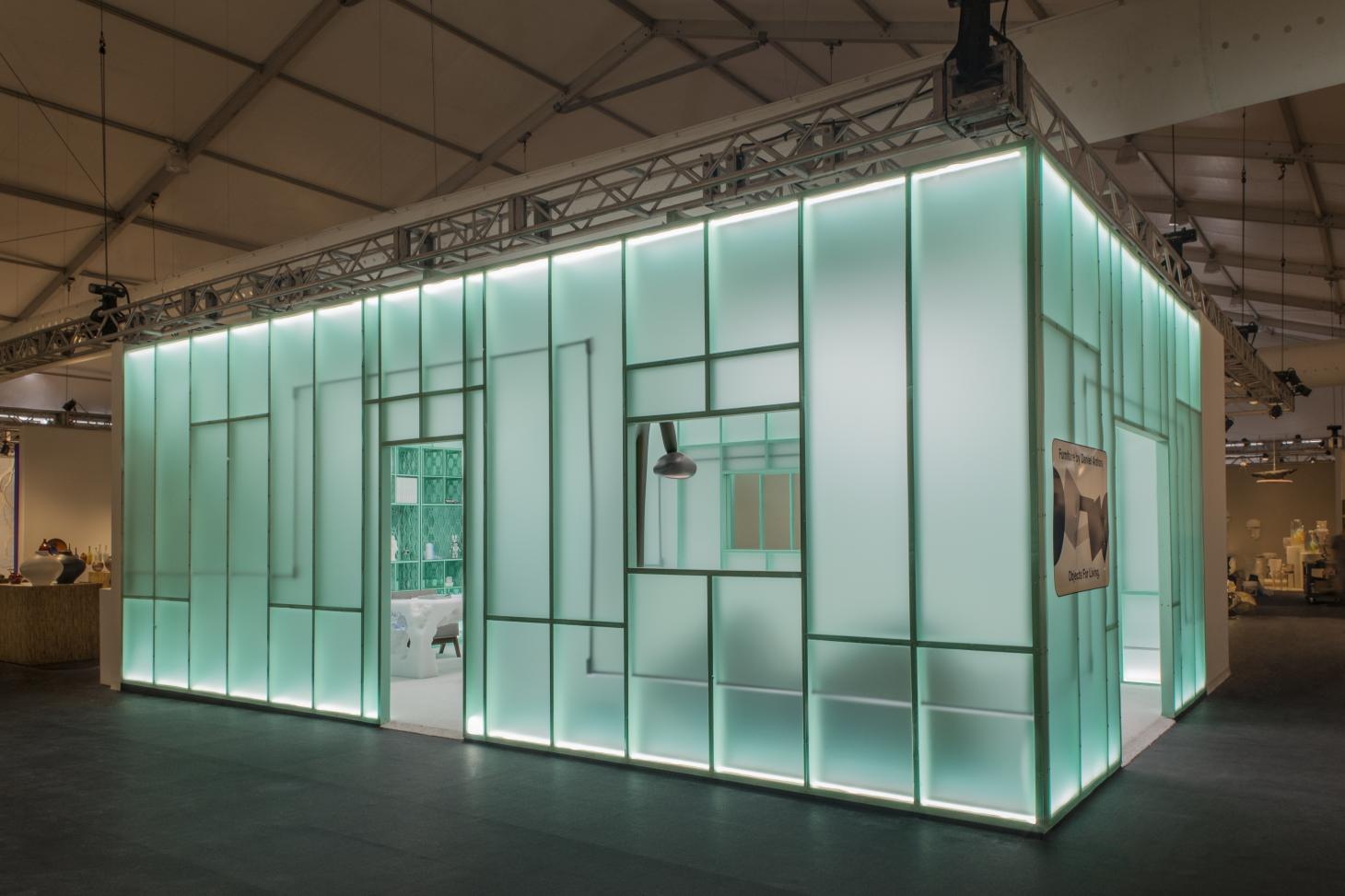
Arsham’s booth for Friedman Benda reflects the green hues of his studio graphics
Other aspects of the artist’s newfound Long Island setting seep into the objects on show at Friedman Benda’s Design Miami booth. Arsham’s Pasadena Sea Glass Lamp, for instance, merges his concept of fictional archeology with technological references informed by the artist’s on-going project at NASA JPL in Pasadena. ‘At the house where I live, there’s a beach,’ Arsham explains. ‘I found a lot of sea glass on the beach, fragments of text from a bottle and things like that. So, I combined this idea that glass shards and some giant piece of NASA machinery or spacecraft would land in the future and tumble into this object, almost like a tumbled piece of glass from the future.’ §
INFORMATION
Wallpaper* Newsletter
Receive our daily digest of inspiration, escapism and design stories from around the world direct to your inbox.
Daniel Arsham for Friedman Benda will be on view at Design Miami from 3-8 December
Siska Lyssens has contributed to Wallpaper* since 2014, covering design in all its forms – from interiors to architecture and fashion. Now living in the U.S. after spending almost a decade in London, the Belgian journalist puts her creative branding cap on for various clients when not contributing to Wallpaper* or T Magazine.
-
 Eight designers to know from Rossana Orlandi Gallery’s Milan Design Week 2025 exhibition
Eight designers to know from Rossana Orlandi Gallery’s Milan Design Week 2025 exhibitionWallpaper’s highlights from the mega-exhibition at Rossana Orlandi Gallery include some of the most compelling names in design today
By Anna Solomon
-
 Nikos Koulis brings a cool wearability to high jewellery
Nikos Koulis brings a cool wearability to high jewelleryNikos Koulis experiments with unusual diamond cuts and modern materials in a new collection, ‘Wish’
By Hannah Silver
-
 A Xingfa cement factory’s reimagining breathes new life into an abandoned industrial site
A Xingfa cement factory’s reimagining breathes new life into an abandoned industrial siteWe tour the Xingfa cement factory in China, where a redesign by landscape specialist SWA Group completely transforms an old industrial site into a lush park
By Daven Wu
-
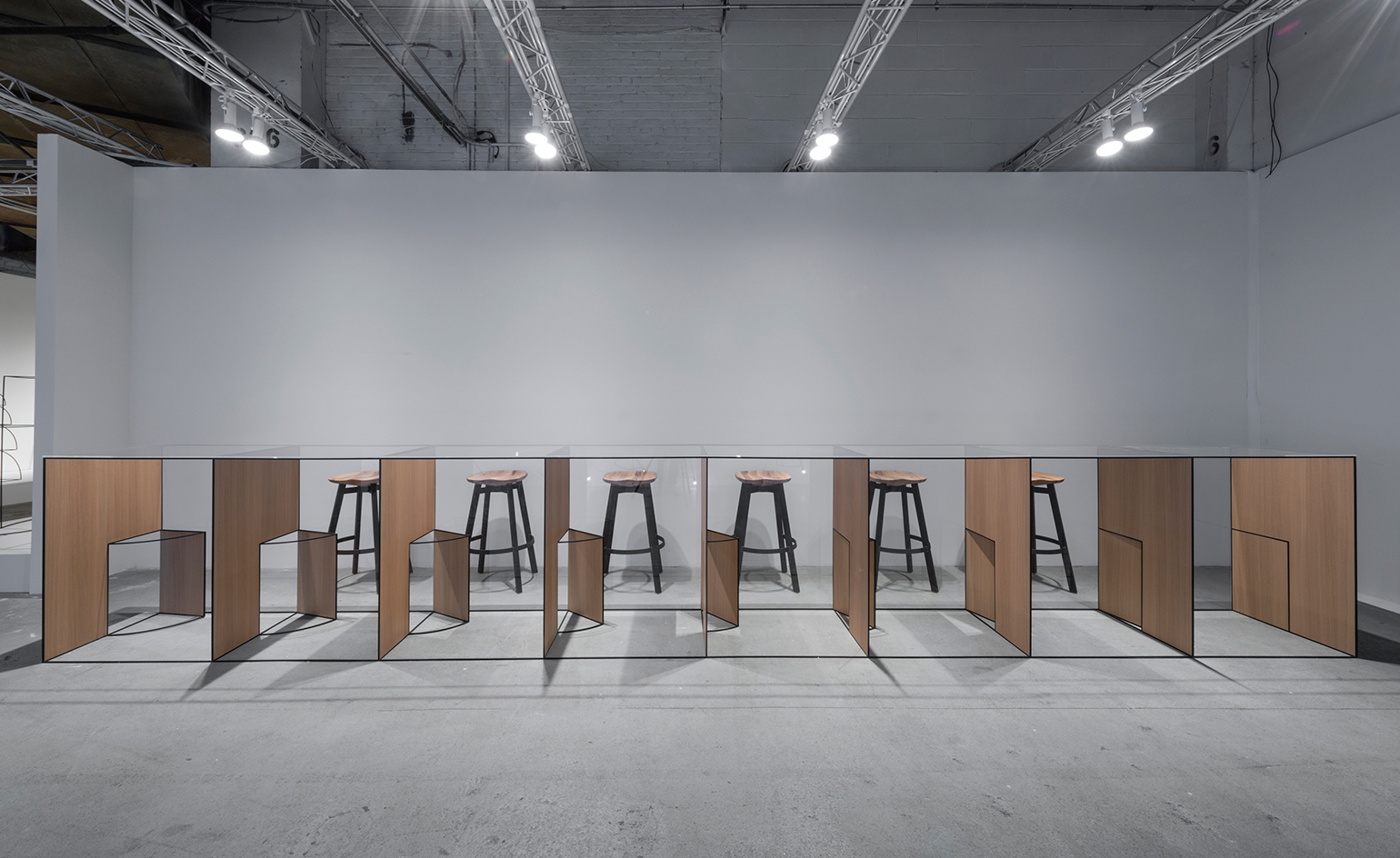 Walk the line: Nendo unveils new designs at Collective Design Fair
Walk the line: Nendo unveils new designs at Collective Design FairBy Pei-Ru Keh
-
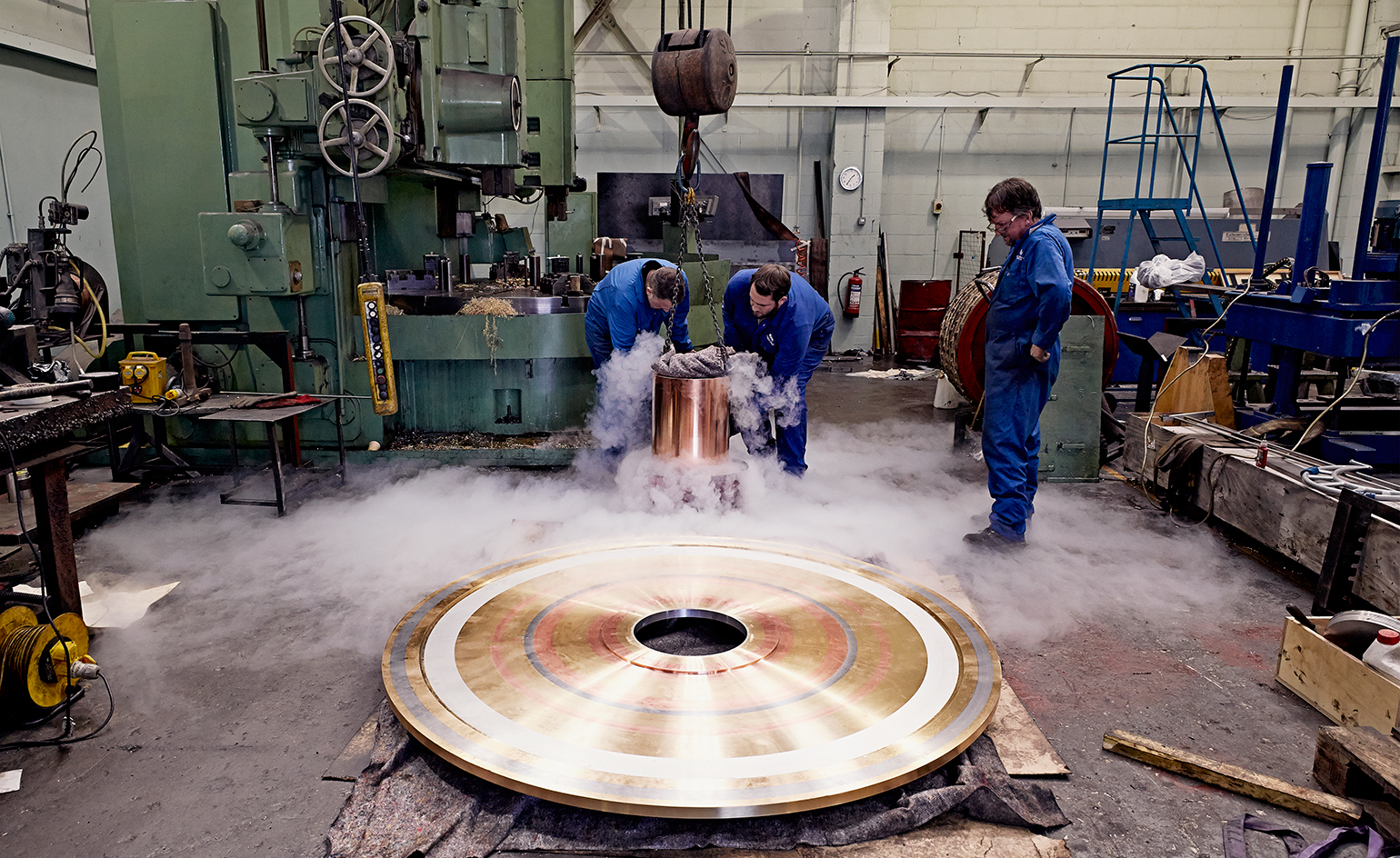 Freeze frame: the making of Paul Cocksedge’s chilled furniture collection
Freeze frame: the making of Paul Cocksedge’s chilled furniture collectionBy Pei-Ru Keh